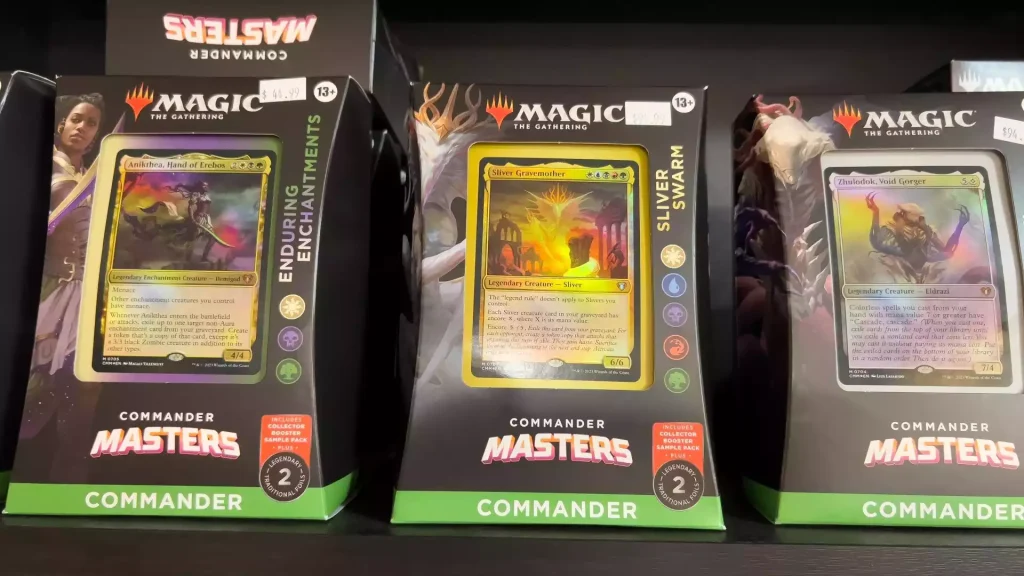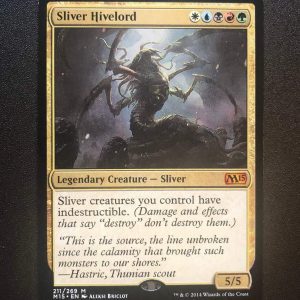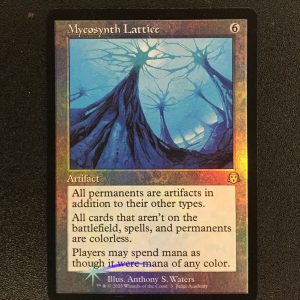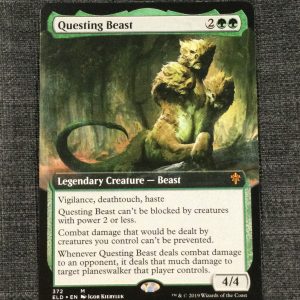Commander is full of the most powerful cards ever printed in Magic: The Gathering. It’s common to see players drop a lot of money on flashy, expensive staples thinking these cards will automatically make their decks better. But budget decks continue to thrive and often beat expectations. If top tier cards mean victory, why do budget decks hold their own in Commander pods?
I think there are three main reasons expensive cards don’t always equal victory. Let’s get into card power vs deck synergy and how budget decks can compete.
1. Powerful Cards Don’t Fit Every Deck
Some cards in Commander are clearly powerful but only work in specific builds. A great example is Lion’s Eye Diamond. This artifact is a bomb in competitive EDH (cEDH) enabling broken combos. But Lion’s Eye Diamond isn’t a card you can just throw into any deck and expect to get results. It works best in decks that sacrifice resources for explosive plays. Cards like Ad Nauseam need a low mana curve to get maximum value and Thassa’s Oracle often requires Demonic Consultation or Tainted Pact to win.
Throwing these into a random midrange deck won’t get the same results. Individually powerful cards often rely on synergy and deck construction. Without the right environment they become less effective. Budget players know this and prioritize cards that fit into their deck’s theme and strategy rather than just grabbing the most expensive options.
2. Budget Decks Maximize Synergy
One of the biggest advantages of budget decks is their focus on synergy. Expensive staples like Cyclonic Rift, Demonic Tutor and Great Henge are powerful but often lack direct synergy with a deck’s core game plan. Take Cyclonic Rift for example. It’s a great board wipe but if you’re playing a +1/+1 counter deck, a card like Wave Goodbye might do the same job at a lower mana cost.
For a +1/+1 counter deck, wiping the board with Wave Goodbye and swinging out might be more impactful than waiting to overload Cyclonic Rift. In an Elf Ball deck, Beast Whisperer often beats The One Ring because it draws more cards faster and fits the deck’s aggressive playstyle.
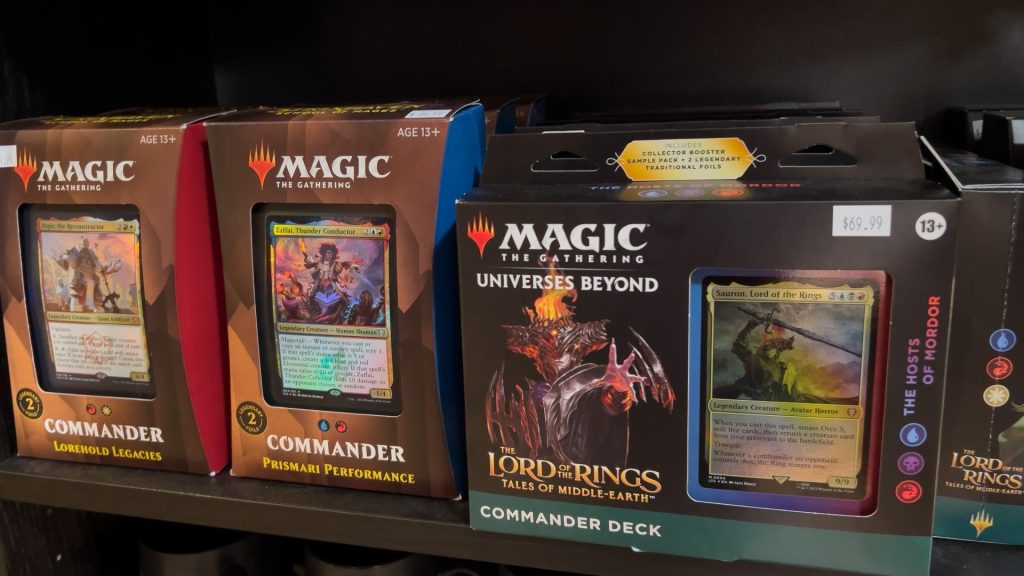
Budget decks succeed by maximizing synergy, making sure every card supports the overall strategy. This focused approach often means stronger, more consistent performance than decks that are just full of powerful but not very synergistic cards.
3. Budget Builders Are More Careful
Budget deck builders have to make every card count. With limited resources each addition has to justify itself. This means often tighter, more streamlined lists that cut the fat.
Expensive decks can sometimes get caught including “powerful” cards just because they’re expensive or iconic. A great example is Dark Ritual. Dark Ritual can enable explosive plays but isn’t always the right fit for slower midrange decks. In those cases a mana rock or land might provide more value over the course of the game.
Budget decks don’t fall into this trap by focusing on cards that directly support the win conditions. This careful deck-building means each card does its job, contributes to the core strategy rather than diluting it.
A Deck’s Power is in the Plan
Ultimately a deck’s power doesn’t come from the price of the individual cards but from how well the deck executes its core strategy. A $25 budget deck can beat a more expensive deck if it has a good, synergistic plan.
For example, I built a Torran, Lumia budget deck. The deck’s core strategy is to give the commander deathtouch, turn every blue and red spell into a board wipe. By including flying creatures the deck turns those wipes into one-sided affairs. Every card in the list supports this strategy so the deck has a strong, cohesive plan that doesn’t need expensive staples.
In this case even with more budget I wouldn’t cut the cheaper counterspells and draw spells that feed the deck’s plan. Swapping out Izzet Charm for Mana Drain might seem like an upgrade but it hinders the deck’s ability to trigger the commander and clear the board.
Fit Your Deck to the Plan
One way to improve your deck is to map out your core strategy. What is your main win condition? How do you get there? What cards directly support this goal and which ones are just filler?
In my Heliod, Sun-Crowned control deck I didn’t include staples like Swords to Plowshares or Path to Exile. I went all in on board wipes because the deck’s core plan is about enchantments and token generation. Spot removal didn’t fit that plan, mass removal did.
Similarly in a Kathril, Aspect Warper deck I recommended Cataclysmic Gearhulk over Farewell because Gearhulk supports the deck’s creature and keyword focus. This made the deck more powerful even though Farewell is a more “powerful” card on its own.
The Right Card for the Right Deck
The moral of the story is simple: powerful cards are valuable but they aren’t always the right choice for every deck. Budget decks often beat expectations because they focus on synergy, cohesion and a clear plan. By choosing the right cards for their strategy budget players build decks that execute their plan more consistently.
Next time you look at your deck list ask yourself: does each card support your core strategy? Can a budget friendly option beat a more expensive staple?

